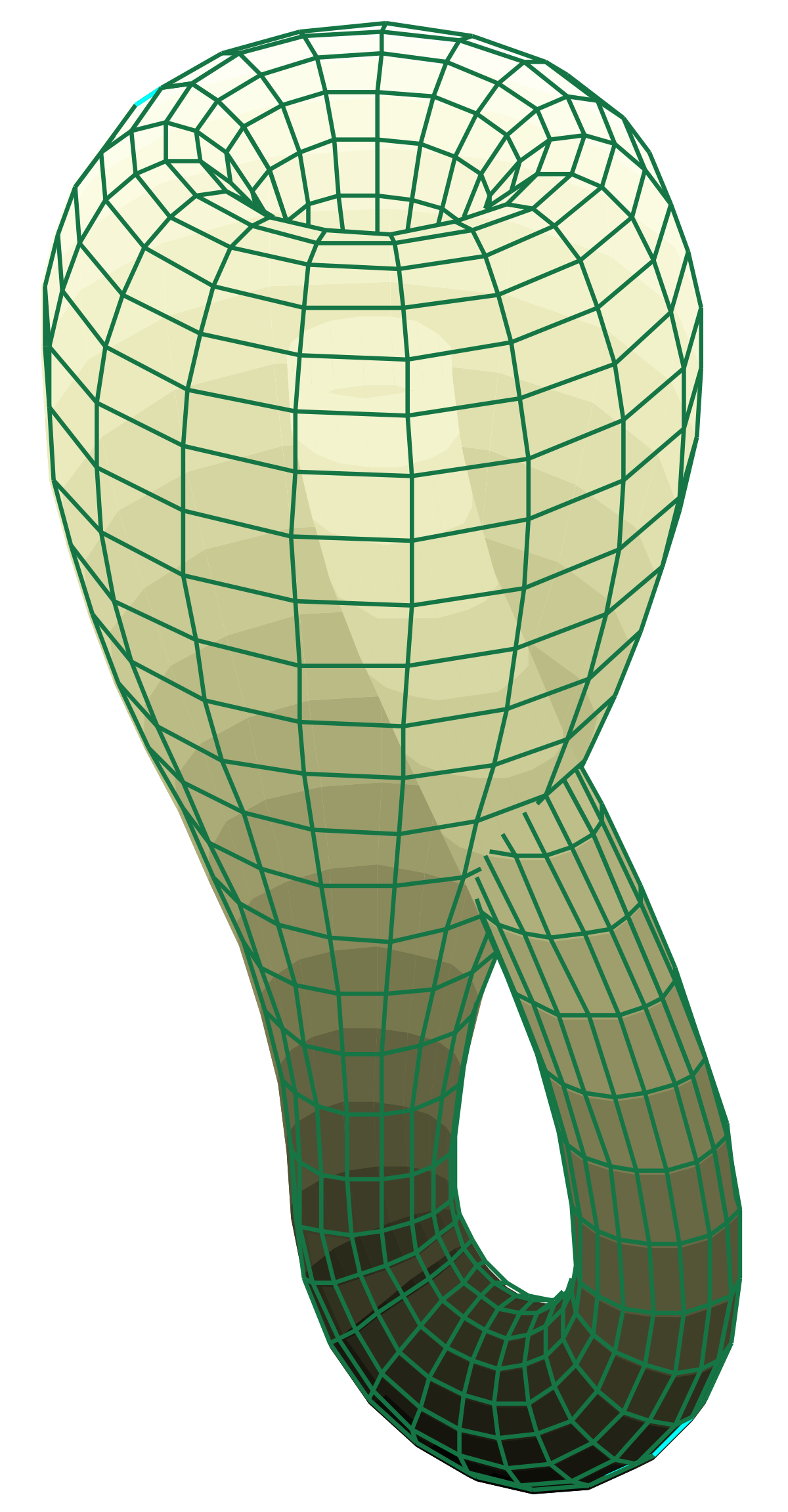The observable universe, the vast expanse we can see with our telescopes, stretches about 93 billion light-years in diameter. Yet, beyond this cosmic horizon lies a mystery—what's out there in the unobservable realm? Let's explore this enigma ..
The Observable Universe - Our ability to observe the cosmos is limited by the speed of light. The observable universe contains galaxies, stars, and cosmic structures that emit light, and the most distant objects we can observe are nearly 13.8 billion years old.
Cosmic Horizon - The edge of the observable universe is known as the cosmic horizon. Light from objects beyond this horizon hasn't had time to reach us since the Big Bang. This means there's much more out there that we can't see or detect.
theory : The Infinite Universe - Some cosmological models suggest the universe is infinite. In this scenario, the cosmic horizon is an arbitrary limit based on our observation capabilities, and the universe extends infinitely beyond what we can see.
Theory: The Multiverse - The concept of a multiverse suggests that our universe is just one of many universes, each with its own physical laws. These universes could exist in a vast cosmic landscape, beyond our observational reach.
Theory: Cosmic Bubble Universes - In the context of inflationary cosmology, our universe may be just one "bubble" in a cosmic foam of universes. These bubble universes could have different properties and may be inaccessible to us.
Theory: Advanced Civilizations - Beyond the observable universe, there could be advanced extraterrestrial civilizations that have developed technology beyond our comprehension. They might be responsible for phenomena we can't explain.
The nature of what lies beyond our observable universe is one of the most profound questions in cosmology. While we have theories and concepts to speculate, it remains an area of active research and exploration. We're limited by the tools and methods at our disposal.
The Observable Universe - Our ability to observe the cosmos is limited by the speed of light. The observable universe contains galaxies, stars, and cosmic structures that emit light, and the most distant objects we can observe are nearly 13.8 billion years old.
Cosmic Horizon - The edge of the observable universe is known as the cosmic horizon. Light from objects beyond this horizon hasn't had time to reach us since the Big Bang. This means there's much more out there that we can't see or detect.
theory : The Infinite Universe - Some cosmological models suggest the universe is infinite. In this scenario, the cosmic horizon is an arbitrary limit based on our observation capabilities, and the universe extends infinitely beyond what we can see.
Theory: The Multiverse - The concept of a multiverse suggests that our universe is just one of many universes, each with its own physical laws. These universes could exist in a vast cosmic landscape, beyond our observational reach.
Theory: Cosmic Bubble Universes - In the context of inflationary cosmology, our universe may be just one "bubble" in a cosmic foam of universes. These bubble universes could have different properties and may be inaccessible to us.
Theory: Advanced Civilizations - Beyond the observable universe, there could be advanced extraterrestrial civilizations that have developed technology beyond our comprehension. They might be responsible for phenomena we can't explain.
The nature of what lies beyond our observable universe is one of the most profound questions in cosmology. While we have theories and concepts to speculate, it remains an area of active research and exploration. We're limited by the tools and methods at our disposal.



